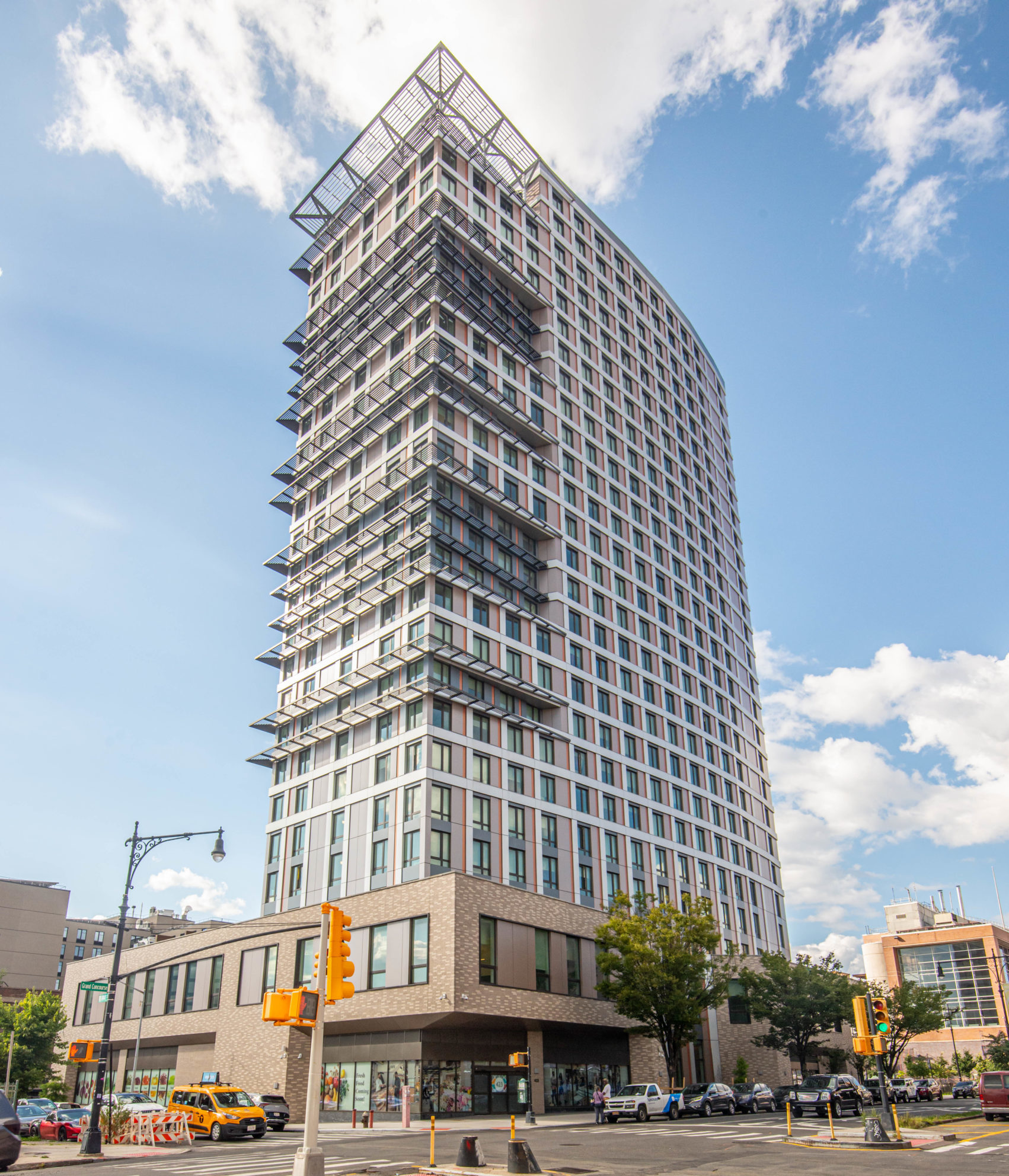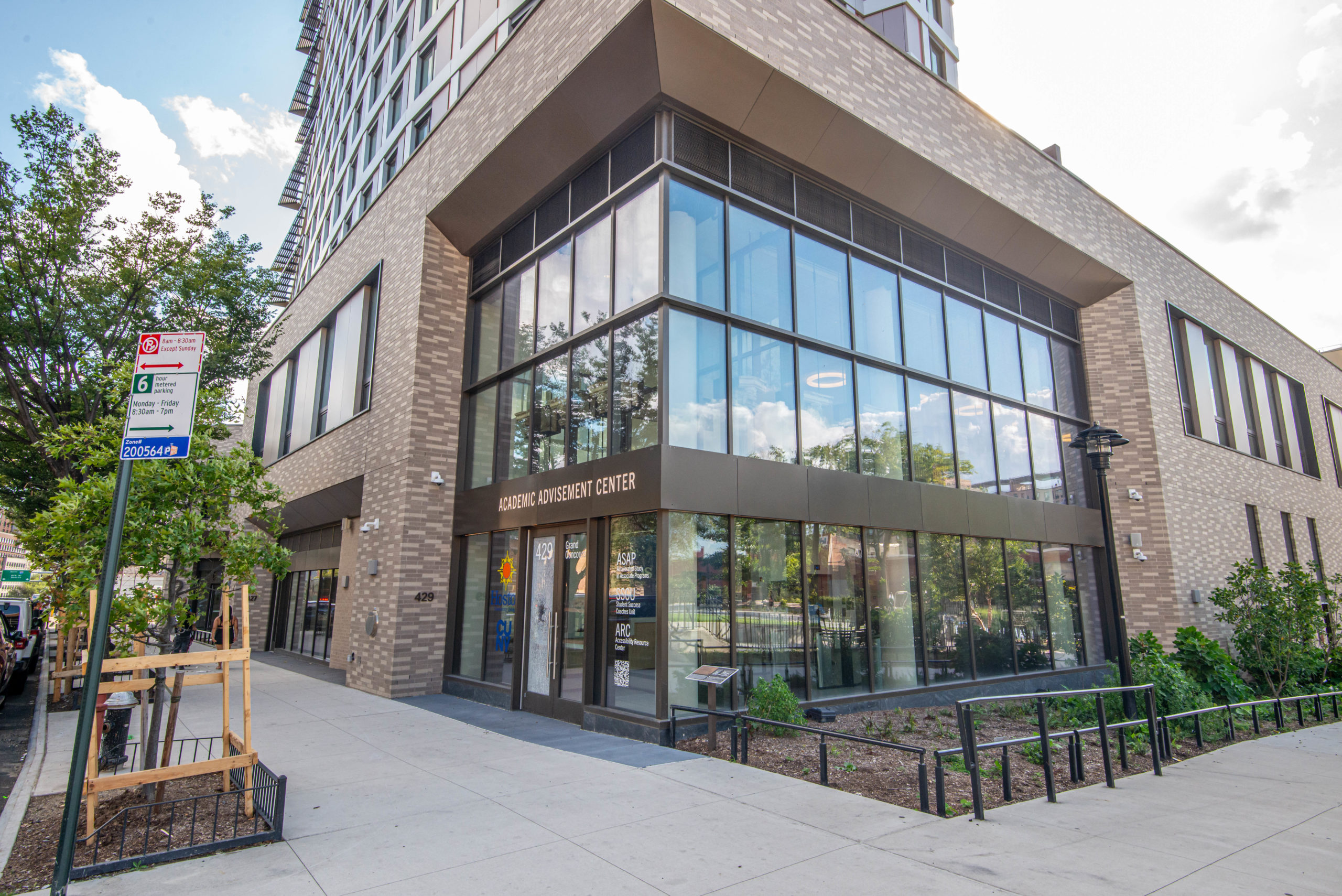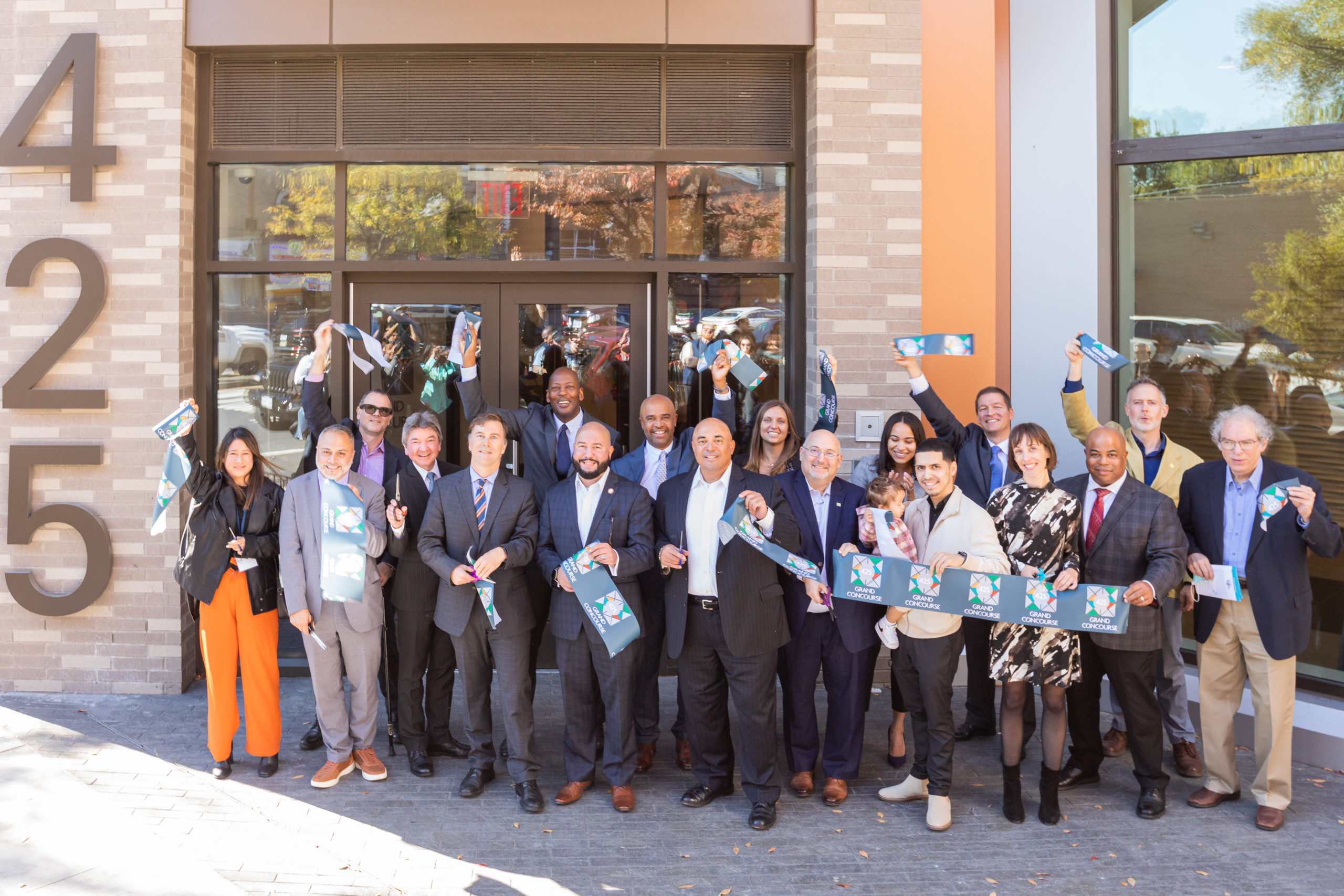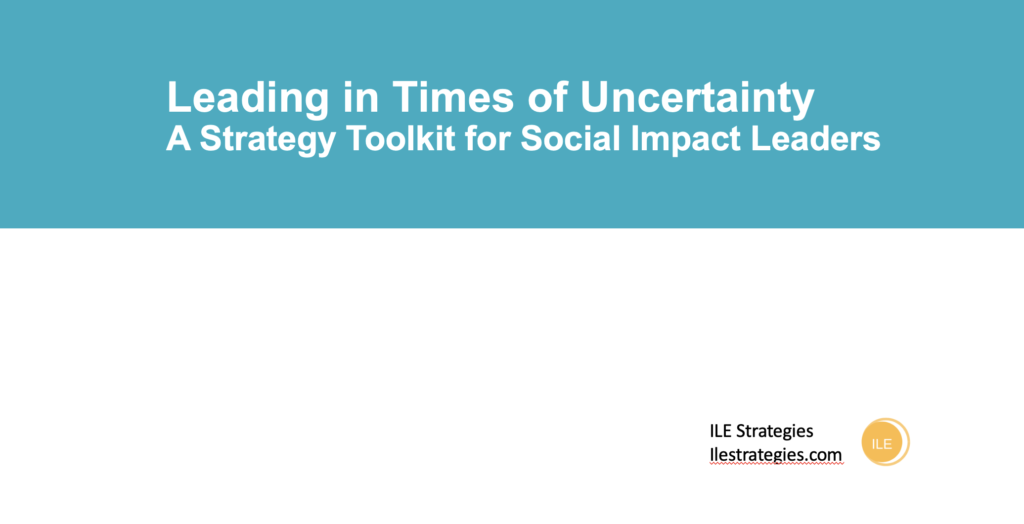
In the wake of Hurricane Helene, the southeastern United States is grappling with catastrophic flooding and widespread devastation. Many communities have been left isolated, without power, communication, or access to open roads, amplifying the challenges of recovery.
A recent study published in Nature sheds light on the long-term impacts of climate change, showing that the effects of major storms extend far beyond the immediate aftermath. The study linked thousands of deaths to tropical cyclones years after the storms occurred, with infants, people under 45, and African Americans being disproportionately affected. The lingering economic hardship and health issues that follow these disasters often place families in precarious situations, while weakened infrastructure, healthcare systems, and housing compound the crisis.
Further complicating recovery efforts is a troubling report from FEMA that it lack the funds needed to address future climate-related emergencies. With much of the nation’s infrastructure already vulnerable, this raises serious concerns about the adequacy of future recovery resources.
In response to these pressing issues, we recently co-authored a blog with Bell and Notice Advisors on the critical need to preserve, expand, and adapt affordable housing in the face of climate change. We highlighted three key areas:
– Community Resilience: Preserving affordable housing means looking beyond the buildings themselves. It requires strengthening the surrounding infrastructure and systems to ensure residents living in affordable housing can withstand and recover from storms.
– Climate Migration: As climate-driven disasters displace people, it’s essential to bolster the resilience of host communities that receive and house those displaced. Preparing these areas for an influx of residents is crucial to maintaining stability.
– Economic Opportunity: Rebuilding after a disaster presents an opportunity to create jobs and support small businesses affected areas. Ensuring that the most impacted groups—often the poorest—benefit from both public and private rebuilding efforts is key to equitable recovery.
While the reality of climate change is inescapable and much damage has already been done, there is still hope. As a global community, we must focus on reducing carbon emissions and implementing solutions to protect vulnerable communities.
Read more about the Navigating Climate Change and the Housing Crisis.











 Image: Wildfires, dangerous floods and extreme heat. The impact of climate change has been felt across the globe.
Image: Wildfires, dangerous floods and extreme heat. The impact of climate change has been felt across the globe. 